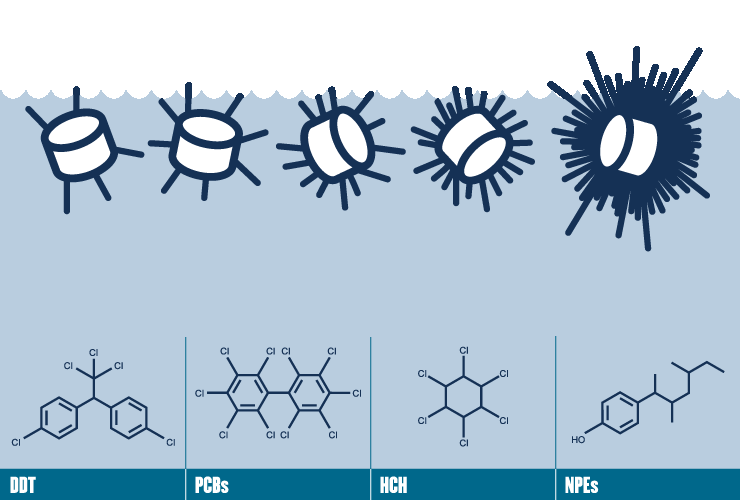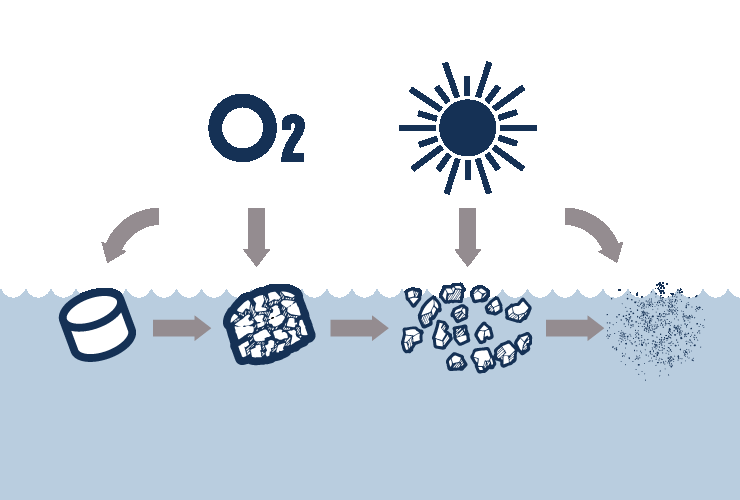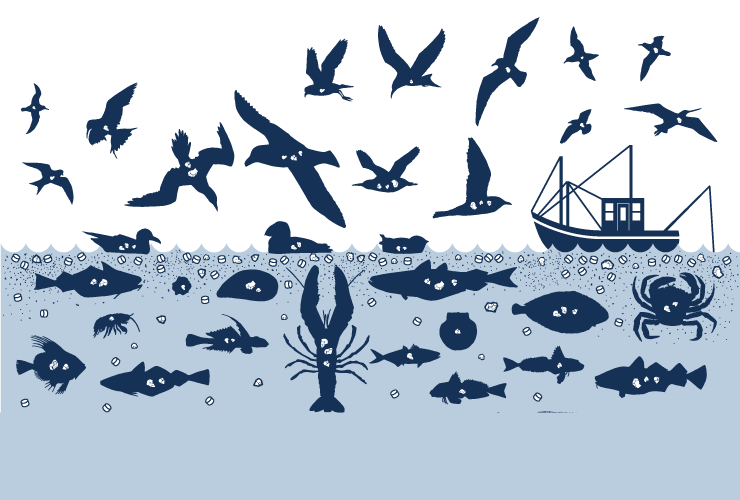Why is cling film so bad?
Horrified by the amount of plastic waste and the devastating effect it was having on the environment, I identified a way of replacing one commonly used single-use plastic, cling film. Natural beeswax wraps are a plastic-free and fully compostable alternative. I spent a year developing a recipe for a wrap that would work well and look really lovely that people wouldn’t hesitate to ditch cling film and start a plastic-free revolution in their kitchen. The BeeBee Wrap was born!
More than 1.2 billion metres, equating to 745,000 miles of cling film is used by households across Britain every year – enough to go around the circumference of the world 30 times over!
Cling film is difficult to recycle, information about where specific types of cling film can be recycled is hard to find, meaning the majority of it still ends up in landfill where it takes hundreds of years to degrade and risks leaching chemicals into groundwater. Biodegradable clingfilm alternatives have been developed but many conservation organisations are campaigning against oxo-degradable plastics as they simply degrade into smaller and smaller particles and contribute to marine pollution.
Like plastic bags cling film that ends up in the sea is easily confused for jellyfish by marine animals and chokes turtles and other creatures that feed on them.
Nurdles - small but dangerous
Nurdles on the beach. Credit: Dilyana Mihaylova/FFI
Cling film is made by melting nurdles (tiny plastic pellets) and mixing it with additives. Nurdles' small size and the transportation, handling methods used mean millions of these pellets are spilt in factories every year and are washed straight into storm drains and out to sea. Nurdles resemble fish eggs so are frequently eaten by marine creatures and birds with harmful consequences. The plastic remains in their stomachs and toxins enter the food chain. This infographic from nurdle hunt summarises the problem with nurdles.
So far we’ve helped prevent over 7 million potential occasions of single-use plastic use with sales of BeeBee Wraps. Join the revolution #BeeBeeTheChange and try BeeBee beeswax wraps as a plastic-free alternative way of wrapping sandwiches, leftovers, cheese and cakes to keep them fresh. BeeBee beeswax wraps will last a year and are fully compostable. They look much prettier than clingfilm too. Better for you and the planet!
Choose from our beautiful BeeBee designs and a range of pack size to suit you.
https://www.nurdlehunt.org.uk/whats-the-problem.html
https://www.fauna-flora.org/approaches/tackling-marine-plastic-pollution







Your wraps are lovely but I cannot buy them as they use Beeswax which makes them not vegan and cruelty-free. I would love to use your wraps if you could make them with a plant-based wax like soy or something like that. Thank you!